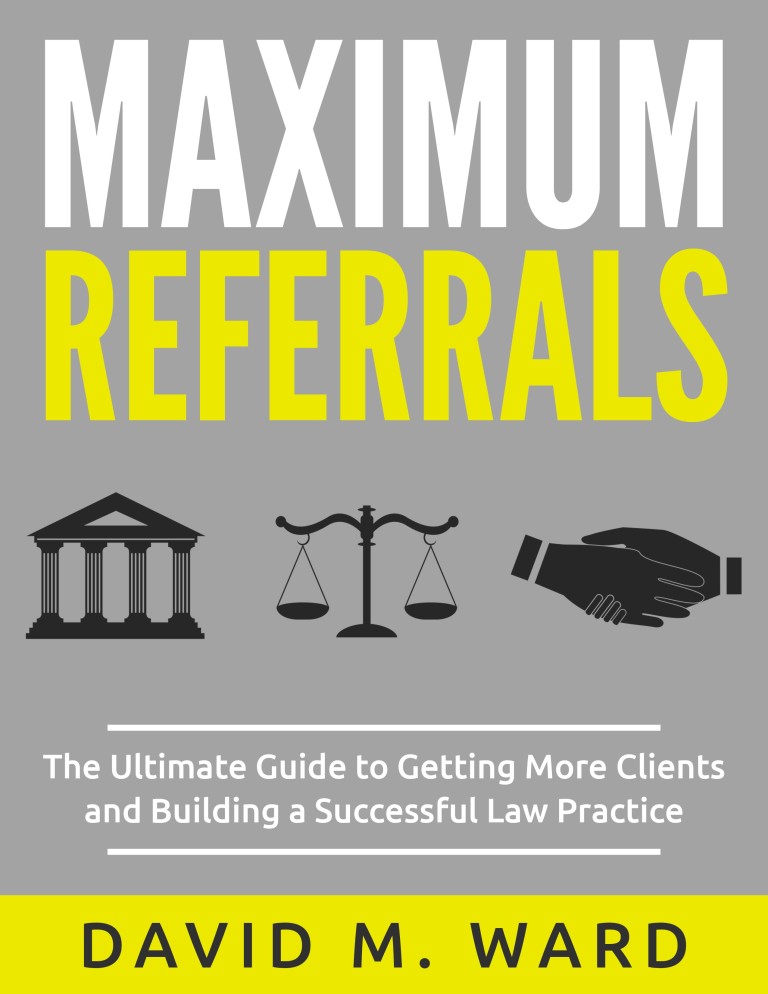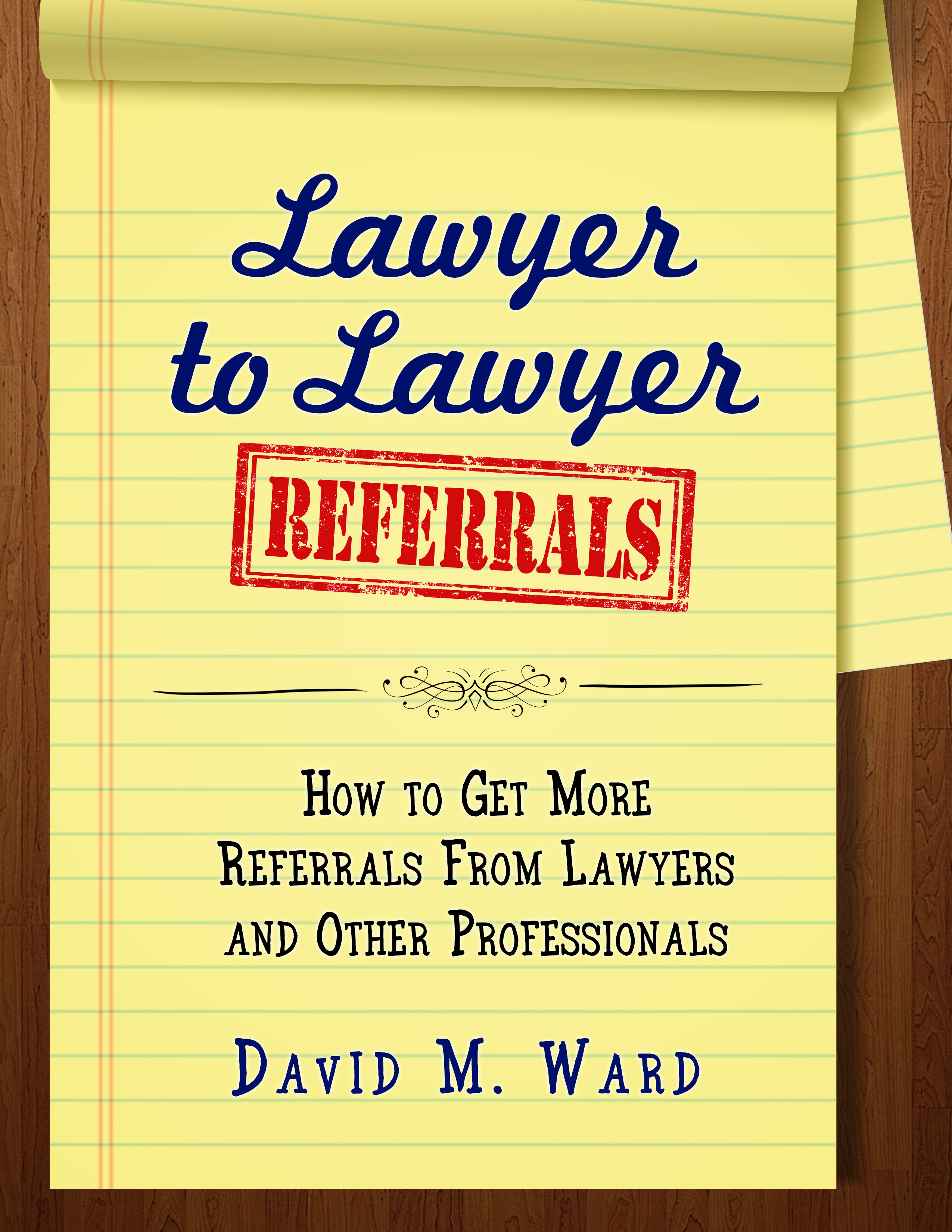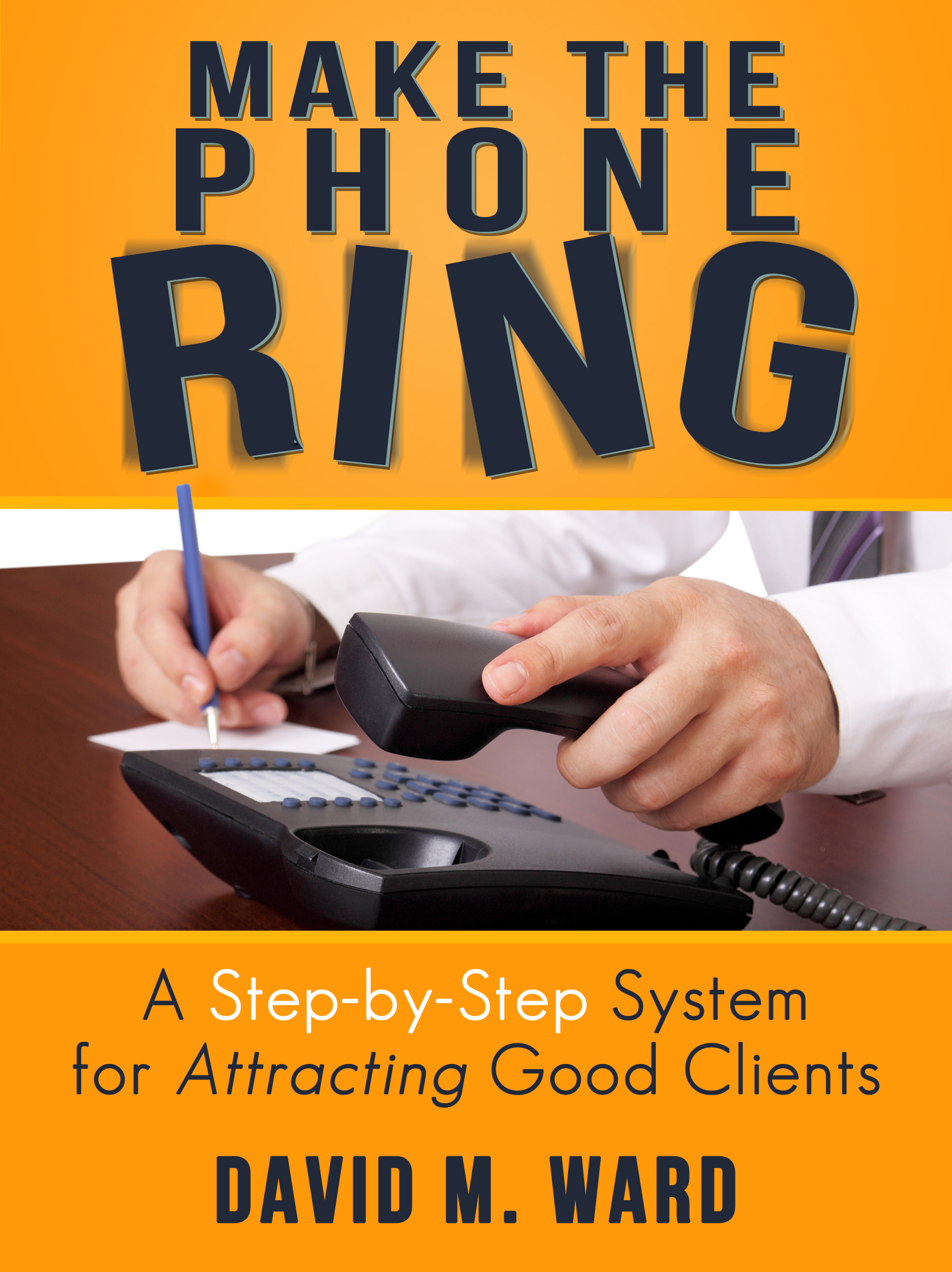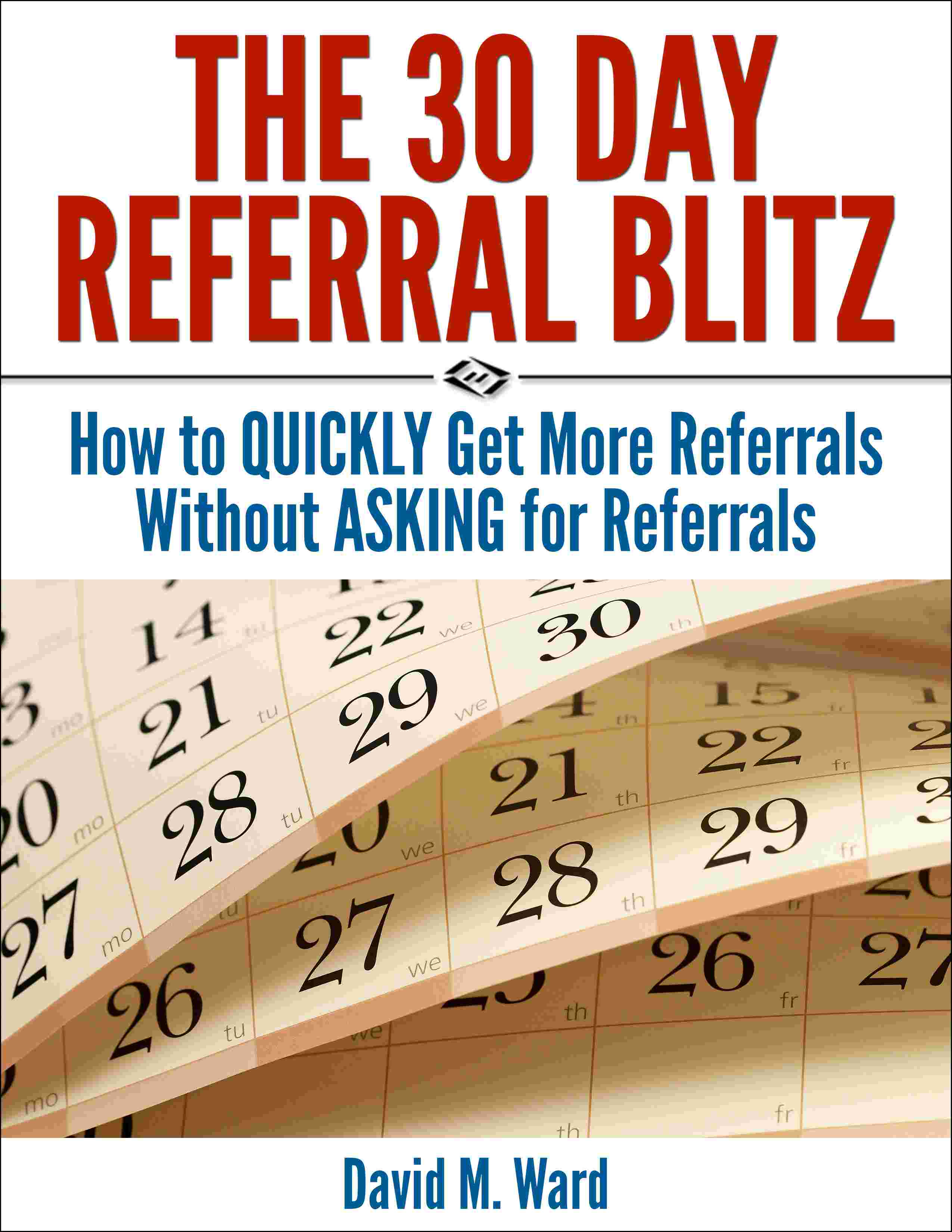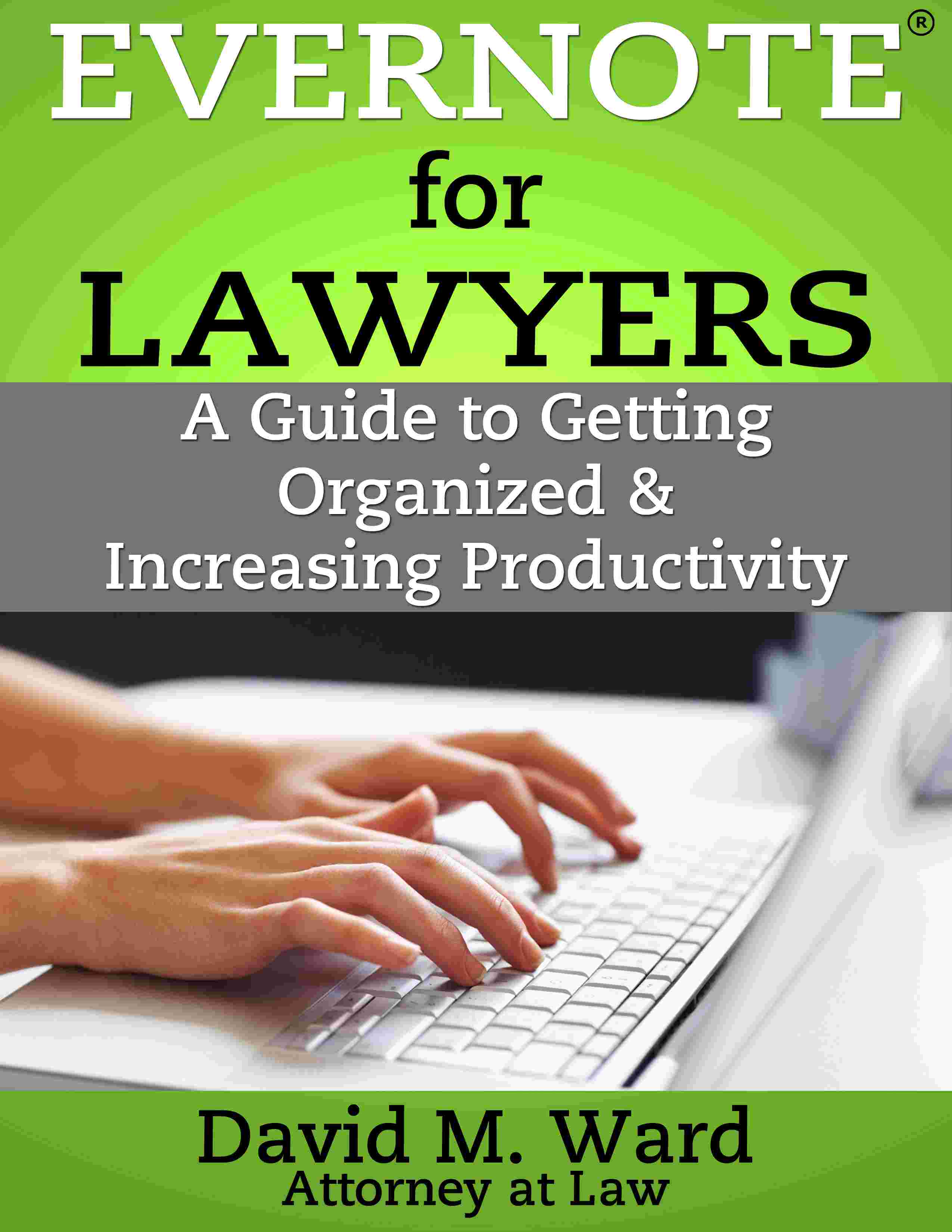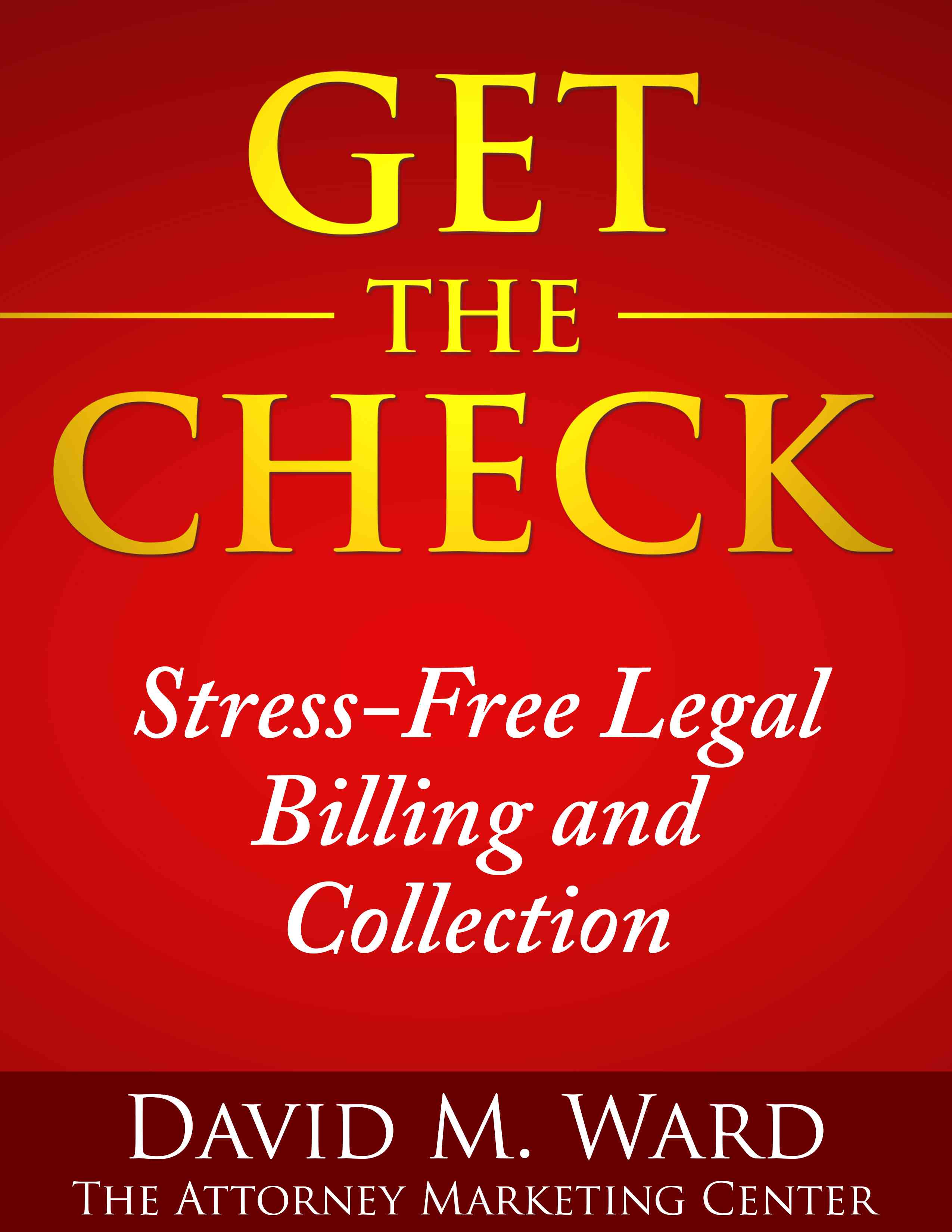I saw this subject line in my email inbox today and I had to have it. I thought I’d add it to my list of headlines and subject lines and ideas and use it someday.
Hey, why not today?
And why not write this without reading the other guy’s email?
No peaking. Write your own damn email.
Actually, I get a lot of writing ideas from the emails in my inbox and suggest you do the same. But today, I thought I would challenge myself to write this with nothing to go on but the subject line.
So, how do I my wife? Let me count the ways. . .
I’ve been married a long time. If my wife wrote this, I’m sure she would have a long list. I thought about letting her write a “guest post” but realized I’d have to untie her and feed her and I’ve got a busy day.
And, there you go. The first thing that annoys my wife (I know she would say) is my warped sense of humor.
Sometimes silly, sometimes stupid, often inappropriate.
I get a lot of groans. And I am often reminded that I’m repeating something my grandfather used to say decades ago and, oh yeah, it wasn’t funny then, either.
But, I make her laugh often enough that she hasn’t left me. Or poisoned me.
(I can’t stop.)
Another thing I do that annoys her is talking incessantly about an idea or a project I’m planning, to the point where she (rightly so) tells me, effectively, to [do it] or get off the pot.
Okay, that’s all I’m going to fess up to. Now, would you like to know how she annoys me?
Yeah, right. Remember, I’ve been married a long time. That didn’t happen with me telling tales about things my wife does that annoy me.
Not that there are any.
So, forget that. It’s your turn.
But I don’t want to know how you annoy your spouse, I want to know how you annoy your clients.
What do you do that irritates them?
Ask yourself. Ask your staff. Ask your spouse. (Trust me, they know, even if they never come to your office.)
And ask your clients.
You probably have a few close clients you can talk to. Encourage them to be honest with you. Or, send out a survey and allow them to respond anonymously.
Because it’s important to know these things, so you can clean up your act.
Because you don’t want your clients to leave you. Or poison you.
Need more ideas for your newsletter?


